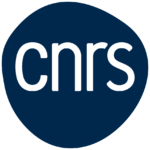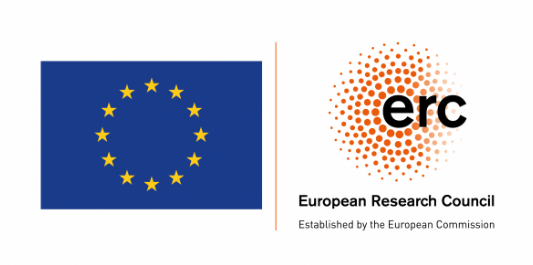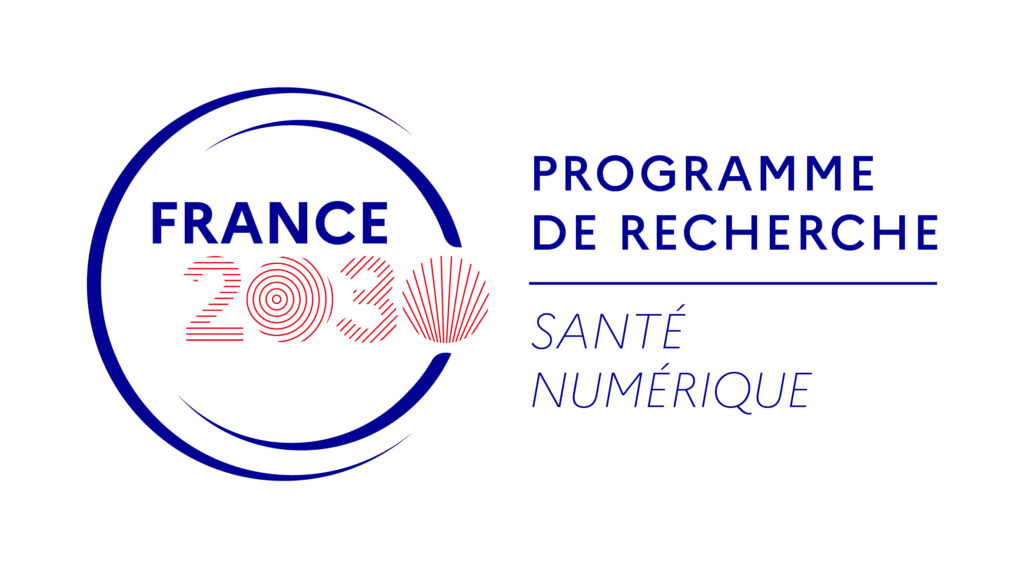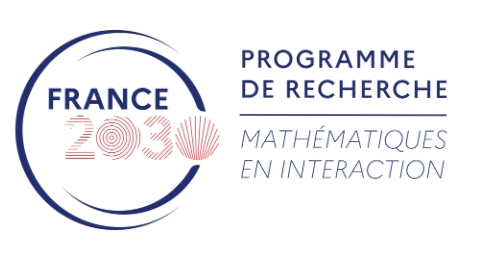MULTIYEAR PROGRAM
RESEARCH SCHOOL / ECOLE DE RECHERCHE
Mathematics of Single-Cell Data-Analysis
30 June – 4 July , 2025
Organizing Committee
Comité d’organisation
Anaïs Baudot (CNRS, INSERM Marseille)
Vincent Calvez (CNRS – Université de Bretagne Occidentale)
Boris Hejblum (INSERM Bordeaux)
Thomas Lepoutre (INRIA Lyon)
Franck Picard (ENS Lyon)
Elisabeth Remy (Aix-Marseille Université)
Elias Ventre (INRIA Université Côte d’Azur)
Paul Villoutreix (CENTURI, INSERM, Marseille)
Thanks to the convergence of single-cell biology and massive parallel sequencing, it is now possible to create high-dimensional molecular portraits of cell populations. This technological breakthrough allows for the measurement of gene expression, chromatin states, and genomic variations at single-cell resolution. Single-cell multi-omics has already demonstrated the multiscale basis of disease heterogeneities at the molecular, cellular, individual, and population levels. Moreover, the spatial component of molecular features can also be investigated thanks to spatial transcriptomics techniques. These remarkable advances have resulted in the production of complex high-dimensional data and revolutionized our understanding of the complexity of living tissues, both in normal and pathological states. The full understanding of this ever-increasing complexity of biological data will be possible only by developing analysis strategies able to exploit the ultra-large complexity of the produced data.
New mathematical and computational breakthroughs are required that are inherent to the massive production of heterogeneous, high-resolution, complex, and high-dimensional datasets. These methodological developments will be mandatory to unravel the varying levels of resolution that govern tissue development and organization, and to infer maps of continuous cell states that underlie trajectories towards disease for instance. Artificial Intelligence will also allow us to explore the different levels of resolution that structure biological tissues ranging from molecular and cellular subtypes, to tissue, organisms and cohorts, and to combine them with biological, functional and potentially medical annotations. The field of single-cell data science has emerged, presenting new methodological challenges to fully exploit the potential of single-cell data, such as data normalization, representation and integration, trajectory inference, and cell-cell communication network inference, to name but a few.
The purpose of this workshop will be to foster scientific discussions, collaborations and working sessions between the members of various teams investigating the mathematical aspects of single-cell data analysis, at the confluence between mathematics, statistical learning, and artificial intelligence.
COURSES
Optimal Transport and Dimension Reduction
Titouan Vayer (INRIA) Course 1
Elias Ventre (CRCM) Course 2
TALKS
Benchmarking mathods for perturbation prediction in single-cell
Carl Herrmann (Heidelberg University)
Gene Regulatory Networks and Causality
Ulysse Herbach (INRIA Nancy), Loïc Paulevé (CNRS LaBRI, Bordeaux), Paul Sitoleux (Sorbonne Université)
Kemel-based testing for perturbation analysis in single-cell omics
Polina Arsenteva (CNRS – ENS de Lyon)
Mapping 3D imaging and Spatial-omics Data Simultaneously Across Scales
Benjamin Charlier (INRAE)
Optimal Transport and Dimension Reduction
Laura Cantini (CNRS, Institut Pasteur, Paris), Mathieu Carrière (Centre Inria d’Université Côte d’Azur)
PARSE data for trajectory inference
Sophie Pantalacci (CNRS LBMC / ENS Lyon)
PCA for Point Processes
Vincent Rivoirard (Université Paris Dauphine-PSL)
Probabilistic coupling and model reduction for GRNs with transcriptional bursting
Mathilde Gaillard (INRIA (Nancy), Université de Lorraine)
Quick intro to mechanics ?
Silvia Grigolon (CNRS, Sorbonne Université)
Testing and Perturbation
Daniela Corbetta (University of Padova), Boris Hejblum (INSERM), Perrine Lacroix (Université de Nantes), Pierre Neuvial (CNRS Institut de Mathématiques de Toulouse), Franck Picard (ENS Lyon), Elizabeth Purdom (UC Berkeley), Davide Risso (University of Padova)
Three-state gene expression model parameterized for sc multi-omics data
Thibaut Peyric (INRIA)
Trajectory and GRN inference using mechanistic-based optimal transport
Elias Ventre (CRCM)








